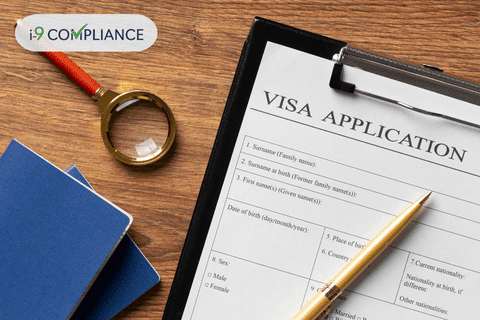USCIS Provides Updated Guidance on O-1B Visa Eligibility

March 20, 2023
The United States Citizenship and Immigration Services (USCIS) issued new policy guidance on March 3, 2023. Called the “Evaluating Eligibility for O-1B Visa Category,” it describes updates made to the USCIS Policy Manual. Updates include explanations about the adjudication of O-1B visas. These visas concern non-immigrant workers of extraordinary ability in the arts and those of exceptional achievement in the motion picture or television industry. Effective immediately, this guidance looks to improve the application of the O-1B evidentiary requirements. In addition, it should help make the USCIS decision-making more consistent and efficient.
O-1B visa status pertains to individuals with extraordinary ability in the arts, sciences, education, business, motion picture or television industry, and athletics. Interested parties must prove their eligibility for this category by providing evidence meeting specific benchmarks. This evidence must show that the individual is among the few at the top in their chosen field. Two categories make up the eligibility criteria, depending on the industry.
First is the O-1A visa. This category targets athletics, education, business, and the sciences. Otherwise, the O-1B visa applies to individuals in the motion or picture industry and the arts. These visa categories necessitate extensive documentation proving that the beneficiary’s achievements became renowned in their field.
Traditionally, the USCIS has supplied a list defining the O-1A and O-1B requirements for employers and employees to examine. This list has allowed them to determine how best to demonstrate the beneficiary’s qualifications. However, interested parties will see that the O-1B category has proven more subjective and less transparent than O-1A. Unfortunately, the USCIS Policy Manual has little additional guidance concerning these definitions or how to meet these abstract criteria.
The appendix details what employees and employers can do to satisfy the O-1B criteria. For example, it describes factors such as commercial success, favorable critical reception, or other indications of a beneficiary’s performance or future performance as a lead or major participant in events or productions. The detailed evidence standards should make it easier for employers to apply for the O-1B visa and make approval more timely. In addition, it allows employers to onboard employees faster. It also makes the adjudication of visas more transparent without requiring lengthy requests for evidence.
This new guidance should benefit employers seeking employees through an O-1B visa. However, they must still complete the employment eligibility verification (Form I-9) process. Unfortunately, this process often proves complicated and leaves involved parties confused. The easiest way to ensure complete and accurate Form I-9s is by investing in an electronic I-9 management system. This system guides employers through the process step-by-step, securely stores the forms, and provides convenient reminders.
Streamline your hiring process with an automated employment eligibility verification and ensure compliance today with I-9 Compliance.